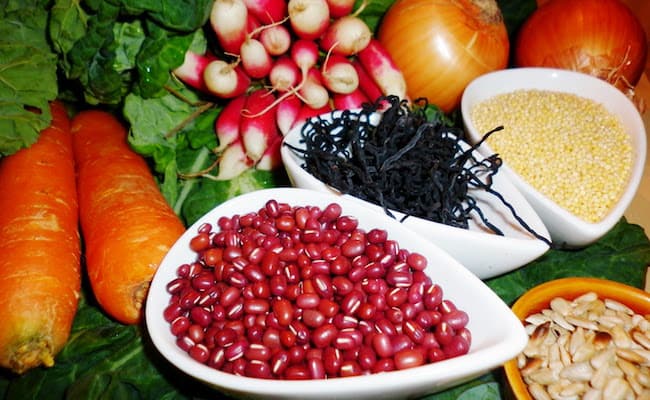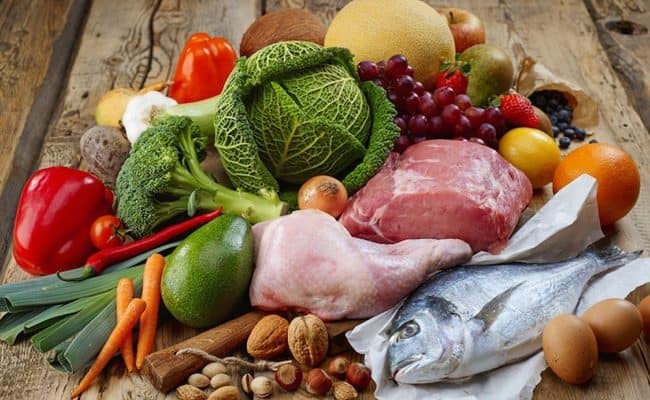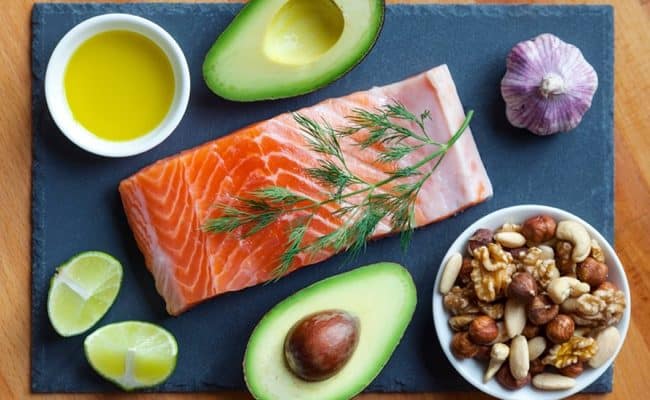
The macrobiotic diet has many variations to it, but the general idea is a locally sourced vegetarian diet with no processed foods or very limited animal based foods. The diet is really focused on organic, natural plants and relatively low in fat. The macrobiotic diet has roots in Asia and has been around for centuries.
Around the mid 1900’s, the macrobiotic diet and way of life became more popular in Western cultures.
The macrobiotic diet is sometimes associated with cancer treatment or prevention, but there is no research that suggests a macrobiotic is a reliable treatment or prevention for cancer.
However, following a macrobiotic diet is a common suggestion for alternative care for cancer.
Heavy on whole grains, vegetables, no processed food
Whole grains such as brown rice, barley, millet, oats or buckwheat are the backbone of the diet.
Low glycemic carbohydrates are emphasized to help keep blood sugar levels under control.
Vegetables, soy products and beans are also encouraged. In lesser quantities, fruit, seafood, nuts, seeds are also part of the diet but not core components.
Foods that are avoided include added sugars, dairy, meat, eggs, chemical additives and processed ingredients.
Spicy food is discouraged as well as caffeine or alcohol. The diet is pretty high in carbohydrates and lower in fat and protein.
It is common for people following a macrobiotic diet to have a carbohydrate intake of 60-70% of calories and fat intake of about 20% of calories.
It is a high fiber diet and provides a lot of antioxidants. This is one reason why the macrobiotic diet may be associated with preventing or treating some diseases: it is high in antioxidants which can help lower inflammation in the body.
Other components of the macrobiotic diet
Besides the dietary practices, following a macrobiotic “way of life” means eating things that are local and limiting intake of pesticides.
The macrobiotic diet suggests exercise and stress reduction as well. One association of the macrobiotic lifestyle is that you are in control of active steps for disease prevention or treatment instead of being a passive recipient of medical based treatments.
Another component to eating with macrobiotics is chewing your food thoroughly. It is recommended you chew your food at least 50 times before swallowing.
Instead of grazing all day, macrobiotics suggest you eat 2-3 times a day and stop when you’re full.
Sometimes cookware is also incorporated with macrobiotics; using earthen or clay cookware is recommended. Microwaving or using pots or pans with synthetic materials can also be part of the diet recommendation.
The macrobiotic diet and type 2 diabetes
The macrobiotic diet is naturally lower in calories and higher in fiber. While a macrobiotic diet is not promoted as a weight loss diet, you could definitely lose weight if you switch to a macrobiotic diet.
Because it is high in antioxidants, some studies have suggested it may help with some disease risk, in particular type 2 diabetes.
A 2014 Diabetes Metabolism Research and Reviews article found that using a macrobiotic diet for type 2 diabetes treatment could be beneficial, but more research needs to be done.
Because the macrobiotic diet is so high in fiber, complex carbohydrates and low in simple sugars, it could be helpful for blood glucose regulation.
Research from Italy has found that following a macrobiotic diet for short term had a benefit of lowering blood sugar, insulin, HbA1c, triglycerides and cholesterol in people with type 2 diabetes.
Macrobiotic diet and cancer
The concept of the macrobiotic diet lowering risk for cancer may be plausible because of the high amount of antioxidants, fiber and other micronutrients provided by the diet.
However, there is no clinical research associating eating a macrobiotic diet and cancer risk.
When the macrobiotic diet was compared to data from NHANES survey in a 2015 study, the macrobiotic diet was higher in many nutrients.
Researchers concluded there was a potential for disease prevention and suggested the need for more studies with the macrobiotic diet.
Macrobiotic diet and children
Like vegan diets, a macrobiotic diet can be low in vitamin D, calcium and B12. If these are not supplemented, risk for not getting enough of these nutrients is increased following a macrobiotic diet.
For children, it can be very harmful if they do not get enough of these nutrients.
Some research studies from the 1990’s found that children following a macrobiotic diet had deficiencies of vitamin D, vitamin B12 and calcium.
In infants, these deficiencies impaired growth and development. Another study found children 9-15 years old following a macrobiotic diet could have an increased risk lower bone mass.
If children are being fed a macrobiotic diet, make sure they are getting sources of vitamin D, B12 and calcium through diet or supplementation.
Conclusion
The macrobiotic diet is rich in fiber, whole grains, vegetables and minimizes processed foods, meats, dairy and eggs.
It is high in antioxidants and may help with lowering risk for some diseases but more research is needed.
People following a macrobiotic diet could be at an increased risk for vitamin D, B12 and calcium deficiencies.
References used in this article










